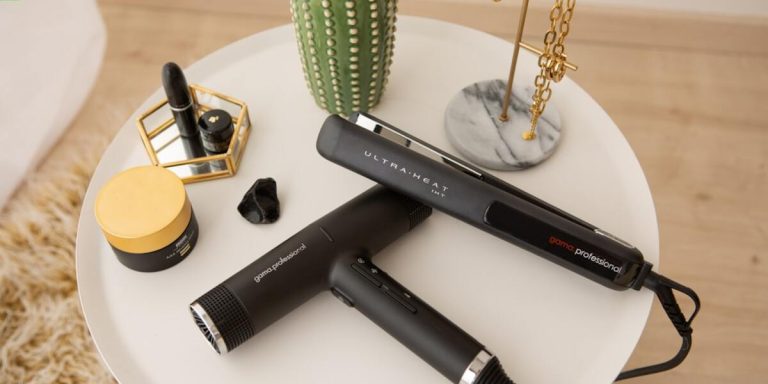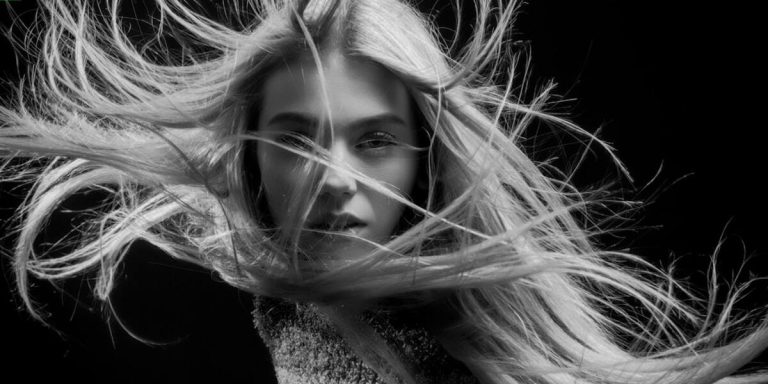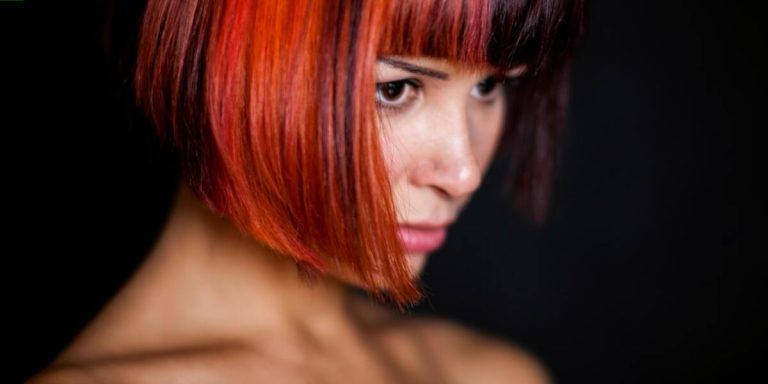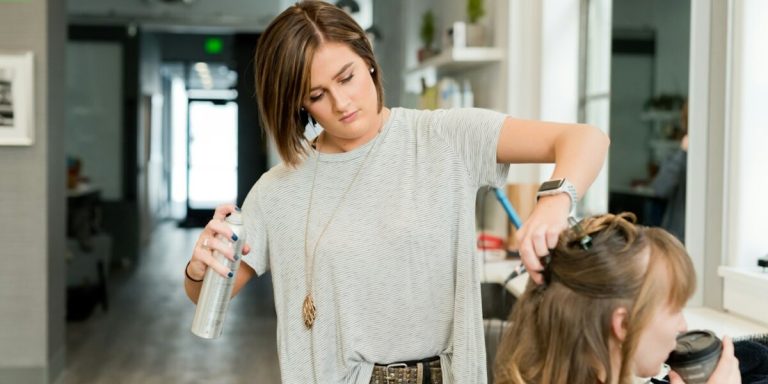Does Laser Hair Treatment Work for Hair Loss? An Insightful Exploration
Unraveling the mystery behind one of today’s advanced technological solutions to hair loss, we venture into understanding “does laser hair treatment work for hair loss?” Hair stands as an undeniable element of personal aesthetics and confidence. When it starts thinning or falling out, many turn towards different treatments in online articles or brick-and-mortar clinics. Among these possible remedies is the modern method – Laser Hair Treatment.
Exploring beyond surface-level claims and promises of this procedure’s effectiveness reveals both its strengths and pitfalls. We base our exploration on:
- Scientific evidence
- Expert opinions from dermatologists specializing in trichology
- Real-life experiences from users who underwent the procedure
This comprehensive analysis aims to help readers make informed decisions about managing hair loss issues.
Did you know?
Despite popular belief, laser hair treatment doesn’t grow new hairs but rather works by stimulating existing thinning hair to become thicker and more robust, improving overall coverage. This science-based fact is supported by clinical studies published in the American Journal of Clinical Dermatology.
Understanding Laser Hair Treatment for Hair Loss
Understanding laser hair treatment for hair loss starts with examining how it works. Laser therapy, otherwise known as Low-Level Laser Therapy (LLLT), has emerged in recent years as a potential solution to the age-old problem of thinning tresses and bald spots. It uses low-power lasers or light-emitting diodes (LEDs) to stimulate scalp tissue—this is believed to aid recovery and encourage growth at a cellular level by boosting blood flow.
The effectiveness of this type of therapy tends to vary depending on several factors including individual patterns of hair loss, stages where treatment begins and your overall health status. However, according to multiple studies conducted recently in 2023, LLLT can slow down or halt further progression if initiated during early stages when initial signs like receding hairline start appearing.
It’s important though that users have realistic expectations from such treatments – it isn’t an overnight miracle but a gradual process which takes time for noticeable changes; typically over six months period between beginning the sessions until first results are visible.
How Does Laser Therapy Promote Hair Regrowth?
Laser hair treatment has emerged as a promising solution for hair loss over recent years. But how exactly does this technology promote hair regrowth? To answer the question: “does laser hair treatment work for hair loss”, let’s dive into the basics.
Primarily, it all boils down to the process of Photobiomodulation: an interaction between light and our body’s biological processes. Low-level lasers in these treatments stimulate cellular activity within your follicles non-invasively. Simply put, they infuse fresh life into dormant or weakened cells by improving blood circulation and nutrient supply at the root level.
The scientific community supports this approach; many studies reveal that low-level laser therapy (LLLT) leads to substantial improvement in both density and overall health of existing hairs while also encouraging new growth in some cases.
As a bonus point, LLLT is painless—absolutely no needles involved—and requires minimal time commitment from you compared with other therapies like transplants or medication routines which can be draining physically and financially!
However, it’s important to note not everyone will reap equal benefits from laser treatments due to varying factors such as lifestyle choices, nutrition habits, genetic predispositions among others.
On average though users notice positive changes three months post-therapy onset with most visible effects seen around six months mark according to leading dermatologists worldwide.
The Efficacy of Low-Level Laser Therapy (LLLT)
At the heart of LLLT lies an innovative principle. It stimulates and energizes cellular activity within the hair follicles by using therapeutic soft low-light level lasers or LED’s. This scientific process, known as photobiomodulation, leads to increased hair growth.
Primarily because it’s non-invasive with no reported harmful side effects. Secondly, numerous clinical studies support its potential effectiveness for treating genetic forms of hair loss – pattern baldness or alopecia areata.
A study published in 2023 by Lasers in Medical Science found a significant increase in hair density after individuals underwent multiple sessions over six months with LLLT devices approved by FDA.
However, like most treatments against nature-induced discomforts such as aging or obesity where there is considerable underlying genetic predisposition involved; results can be unpredictable and may significantly vary from one individual to another.
Your next consideration might revolve around suitability: who stands to gain maximum benefit from LLLT?
The answer primarily points towards people at early stages of male- or female-pattern baldness showing thinning but not complete scalp closure.
Comparing Hair Loss Solutions: Laser Treatment vs. Traditional Methods
When it comes to combating hair loss, two methods that often come into the discussion are laser treatment and traditional treatments. Laser therapy for hair growth has become increasingly popular in recent years due to its non-invasive nature and promising results. Scientific advancements have enabled us to harness the power of light in stimulating cellular activity within our scalp.
Laser therapy functions by emitting photons into your scalp tissues which are then absorbed by weak cells promoting their health & vitality resulting in newer, stronger strands of hair. However, just like any other method out there, laser treatment may not work effectively for everyone’s unique situations or types of alopecia where follicles have completely ceased functioning; hence it’s essential to discuss with a dermatologist before making a decision.
- Over-the-counter topical solutions like minoxidil (Rogaine)
- Prescription drugs such as finasteride (Propecia)
Both medications are FDA-approved and known for slowing hair loss and boosting new growth, but they may come with potential side effects. Natural remedies in this category often comprise:
- Balanced diets rich in key nutrients for healthy hair
- Stress management techniques to reduce rapid shedding associated with stress-related conditions
Analyzing the Effectiveness of Minoxidil and Finasteride Against LLLT
Minoxidil and Finasteride have been known as traditional methods of fighting hair loss for a while. These FDA-approved treatments are widely used, yet the advent of Laser Light Hair Therapy (LLLT) has given them tough competition in recent years.
Firstly, let’s take Minoxidil into account. It is an over-the-counter treatment that stimulates hair growth by prolonging the growth phase of hair follicles. While it shows significant results when used consistently twice a day, its effectiveness can be hampered if usage is discontinued or irregular.
Finasteride on the other hand is often prescribed to men suffering from Androgenetic Alopecia. It prevents testosterone conversion into DHT which triggers male pattern baldness. Despite proving effective for many users, it may cause side effects such as sexual dysfunction leading people to discontinue use.
Now let’s consider LLLT technology – The newcomer in our tryst against baldness! In layman terms – Low Level Laser therapy works by emitting specific wavelengths of light onto your scalp stimulating cellular activity within weak or dying follicle cells making them healthier again; promoting regrowth where once there was only despair!
This non-invasive method doesn’t bring with it any major side-effects like chemical-based counterparts often do—which understandably makes this attractive prospect for those seeking not just efficacy but safety too during their fight against receding lines & thinning patches atop headland terrain called scalps!
Scalp Micropigmentation as an Alternative to Laser Treatments
Scalp Micropigmentation (SMP) has grown in popularity as a non-surgical hair loss solution. In comparison to laser treatments, SMP offers several distinctive advantages that are worth considering.
Firstly, let’s understand how Scalp Micropigmentation works. It involves the use of tiny needles to implant pigment into the scalp, creating an illusion of fuller and denser hair follicles. Unlike laser treatment which stimulates existing hair growth by improving blood flow to weakened or deadened follicles directly using light wavelengths; SMP is more about camouflaging bald spots with natural-looking pigments imitating shaved head look.
Effectiveness can be one driving factor behind choosing between these two options for treating your hair loss issues. Laser treatment efficacy highly depends on the current state of your thinning or falling hairs; it tends to work better for those in earlier stages rather than advanced ones making its applicability conditional but when asking – does laser hair treatment work for hair loss? Mostly yes!
But it might not deliver desired results as far advanced conditions go!
However, SMP ensures noticeable immediate effect irrespective of whatever stage you’re facing regarding alopecia since it doesn’t necessarily require active living follicles instead just dealing aesthetically with what appears above skin-line without any dependencies.
Preparing for Your First Laser Hair Loss Session
As you prepare for your first laser hair loss treatment session, it’s crucial to understand how the process works. The principle behind this remedy is that low-level lasers can stimulate follicles and encourage new growth. It’s a science-backed approach that has shown promising results in many patients.
You may wonder – does laser hair treatment work for hair loss? As we speak from our 2023 perspective, various studies suggest its effectiveness. While individual results can vary based on factors like age or type of baldness, overall trends point towards positive outcomes with consistent use over time.
Arriving at your first session might feel intimidating but fret not; it’s relatively straightforward and painless procedure. Typically each appointment lasts around 20 minutes during which a certain frequency of light is directed onto the scalp area showing signs of thinning or balding – targeting areas where cellular energy needs stimulation to rejuvenate weakened hairs.
Indeed preparing yourself also involves adjusting expectations as progress won’t be overnight magic – Understand that while visible changes may take few months consistency will ensure optimum effects are achieved! Finally remain patient throughout this journey because restoring receding locks takes time but when done right combined with healthy lifestyle choices there lies high potential in regaining not just lost strands but along it newfound confidence too!
What to Expect During a Low-Level Laser Treatment Procedure
The Low-Level Laser Treatment (LLLT) procedure, a popular hair loss treatment that has been showing promising results against male and female pattern baldness, is remarkably simple. In essence, it utilizes cold lasers to rejuvenate the scalp cells responsible for hair growth.
- Fill out paperwork, which may include medical history and consent forms.
- Undergo a consultation with a professional to discuss your concerns and treatment goals.
- Receive information about the procedure, including how it works, potential side effects, and aftercare instructions.
- Have the area of concern examined by the practitioner to ensure suitability for laser therapy.
- Go through instructions on how to use an at-home device if that is your chosen method of treatment.
1. **Head Examination:** The session kicks off with a comprehensive examination of your head by trained professionals. This allows them to identify the exact areas in need of treatment and determine how advanced your case may be.
2. **Neutralizing Scalp Oils:** To achieve optimal effects from the low-level laser therapy, technicians will typically remove excess oil on your scalp through specially formulated shampoos or serums.
3. **Laser Application**: Unlike surgical methods such as transplants which entail discomfort during recovery periods, LLLT involves zero pain since it bypasses the skin layer completely without causing any heat damage.
4. **Treatment Length & Repetition**: Sessions usually range between 10-30 minutes depending on individual circumstances but most likely won’t exceed one hour., It’s recommended this process should be repeated twice weekly until optimum results are achieved.
Post-Treatment Care and Maintaining Results
After undergoing your first laser hair loss session, it’s crucial to follow post-treatment care instructions and maintain results effectively. This not only amplifies the benefits of your treatment but also fortifies the impact in preventing further hair loss.
Laser therapy has proven beneficial for treating many types of alopecia due to its restorative properties on dormant follicle cells. By stimulating blood flow, providing nutrients and energy needed for growth, studies have shown that it indeed works by slowing down or stopping additional thinning while promoting new growth where possible.
Now let’s move on direct care steps you must take after a session:
1) Avoid Washing Immediately: Allow at least 24 hours following each session before washing your head to maximize absorption.
3) Protect Your Scalp from Sun Exposure: The sun can be detrimental; therefore, limit exposure during peak UV times. You may wear hats as they are effective shields against harmful ultraviolet rays affecting treated areas directly.
4) Limit Heat Styling Tools Usage: Try keeping usage of heat styling tools like curling irons or straighteners minimal because high temperatures might tamper with results achieved through laser treatments until recovery is complete fully.
Conclusion
In the grand scheme of hair loss solutions, laser treatment stands as a fascinating option. It’s clear from our exploration that while not a magic bullet for everyone, it certainly can be an effective tool in the fight against hair shedding. When asking “does laser hair treatment work for hair loss”, remember what we’ve gleaned – there are many factors at play and individual results may vary.
So, whether you’re considering your first step into treating thinning locks or if you’ve been around this block before with little to show – don’t give up! New developments occur every day in the field of hair restoration treatments like laser therapy. Make sure to delve more into our website where we continuously update on all things related to ‘Hair Loss Treatments’.
Remember: knowledge is power when making decisions about your health and appearance.







